From March 17th to June 11th, the Whitney Museum of American Art hosts its revered Biennial. The 2017 Whitney Biennial is not unlike its predecessors in concept; this every-two-years celebration of contemporary art is notable for making artists visible. This seventy-eighth show, curated for the first time ever by two people of color, features sixty-three artists, of diverse age, gender, and race. Their subject matter, however, is arguably more politically relevant than ever before. The online description prides itself on a central theme: “The formation of self and the individual’s place in a turbulent society…” This is not unexpected- the curation coincided with the 2016 election. With such a weighty event in place, the spectrum of issues covered by this year’s art exposition is difficult, but necessary to condense.
Being within The Meatpacking District and on the border of the Hudson River and High Line lends the Whitney a unique stance; it is one of the only art domains in the area. It is, undoubtedly, an overwhelming experience, given the crowd that the event attracts and the range of media used to produce the show. While the following recounts pieces that became personally resonant, it is certainly worth traveling the entire two-floor exhibit to find one’s individual muse. Nothing there, however, is as aesthetically pleasing as it is thought-provoking.
The 'individual’s place' became particularly distinct in Post-Commodity’s "A Very Long Line." The artwork occupies a small room on the fifth floor where a video, shot entirely from the window of a car, plays at different orientations with out-of-sync audio. The video depicts the border between Mexico and the United States, and for all the political conversation surrounding the border, the video makes it surprisingly unassuming. The artist collective's intent is to disorient viewers by arranging the video chaotically, and further, to suggest 'genesis amnesia.' This was a newfound term for me, but simply put, the phrase implies the condition of forgetting one’s origins.
The phrase is analyzed by Mohamad Tavakoli-Targhi in relation to Orientalism. He argues that the European analyses of other societies is often treated as the only analyses, consequently prompting people of a given origin to forget their subjective history. The European analyses are treated as a universal truth. The artwork seeks to echo this sentiment in providing that U.S. citizens tend to forget the indigenous people, trades, and migration groups of their country. In context of the exhibition’s theme, the border has its own history of forming or transforming one’s identity, and of providing a place in society. The question of how we perceive these borders becomes very confrontational.
Like most art in the exhibit, the work is largely introspective, encouraging viewers to consider their experiences in relation to social issues. It immerses viewers in situations that the popular media confronts them with, making uncommon realities easier to understand, if not empathize with. Henry Taylor’s “The Times They Ain’t A Changing, Fast Enough!” has garnered widespread attention for how intimately it does this. Taylor paints Philando Castile’s shooting, positioning the viewer so that their perspective is of a passenger in the car where it occurred. Viewing a recreation of an incident, regardless of one’s relation to it, is not nearly comparable to experiencing it firsthand, but it seems vital that the experience be translated somehow. It is easy to remove oneself from news coverage- whether of border regulations or of police brutality- and representing it in a public arts event challenges audiences to genuinely focus on these subjects.
Some artworks are naturally more abstract than this in their message, or if not abstract, more indirect themes are reflected in the work. Lyle Ashton Harris fills a room with digital media projected on silk screens, in a work titled "Once (Now) Again." The digital media are photographs and videos of his friends, family, and lovers, all of whom are depicted across a timeline of what he describes as 'seismic shifts.' This I found beautiful; a perspective of the African American community that was not the violent, super-predatory one imposed upon society for centuries. It lies at a comforting contrast with the other works, but not mindlessly so. It encourages visibility, and it strives to be honest, humane, and homely. Art, per Harris’ work, is often in those closest to us.
It’s not uncommon to see audiences become visually disturbed by the Biennial; many will glance at a more controversial work and immediately retreat. Frowns and shaking heads will become a familiar sight. It’s important to draw this discomfort into two floors of a museum. The audience this garners, the voice it enables, and the issues it coalesces are far too present to ignore. The art of the Whitney Biennial is a medium of conversation, and a powerful one at that.

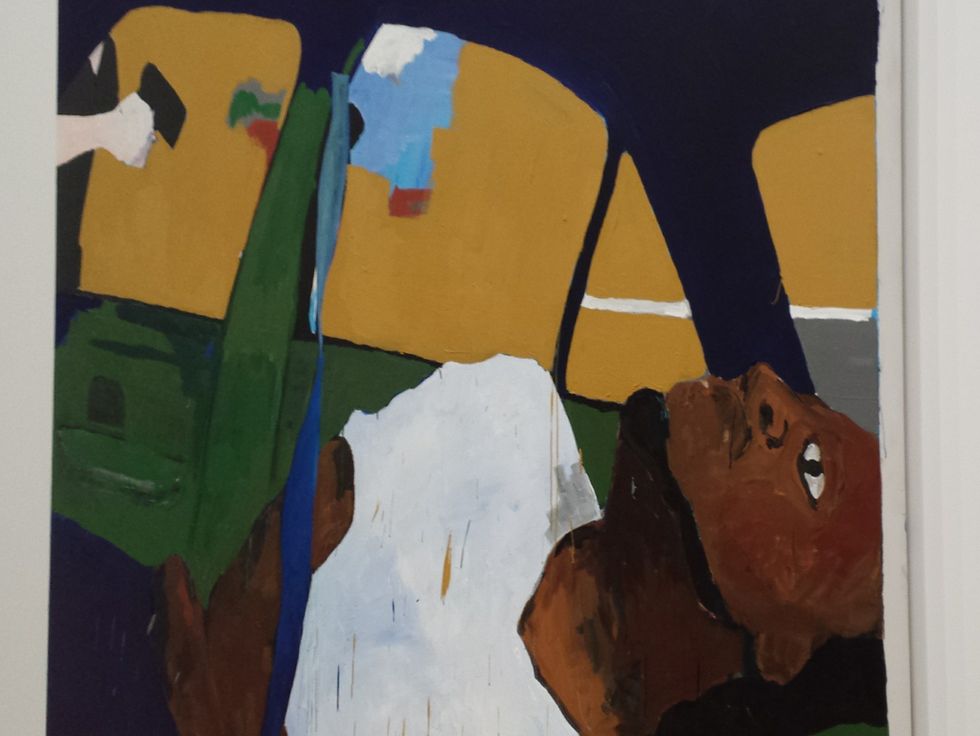



 people sitting on chair in front of computer
people sitting on chair in front of computer



 all stars lol GIF by Lifetime
all stars lol GIF by Lifetime two women talking while looking at laptop computerPhoto by
two women talking while looking at laptop computerPhoto by  shallow focus photography of two boys doing wacky facesPhoto by
shallow focus photography of two boys doing wacky facesPhoto by  happy birthday balloons with happy birthday textPhoto by
happy birthday balloons with happy birthday textPhoto by  itty-bitty living space." | The Genie shows Aladdin how… | Flickr
itty-bitty living space." | The Genie shows Aladdin how… | Flickr shallow focus photography of dog and catPhoto by
shallow focus photography of dog and catPhoto by  yellow Volkswagen van on roadPhoto by
yellow Volkswagen van on roadPhoto by  orange i have a crush on you neon light signagePhoto by
orange i have a crush on you neon light signagePhoto by  5 Tattoos Artist That Will Make You Want A Tattoo
5 Tattoos Artist That Will Make You Want A Tattoo woman biting pencil while sitting on chair in front of computer during daytimePhoto by
woman biting pencil while sitting on chair in front of computer during daytimePhoto by  a scrabbled wooden block spelling the word prizePhoto by
a scrabbled wooden block spelling the word prizePhoto by 
 StableDiffusion
StableDiffusion
 StableDiffusion
StableDiffusion
 StableDiffusion
StableDiffusion

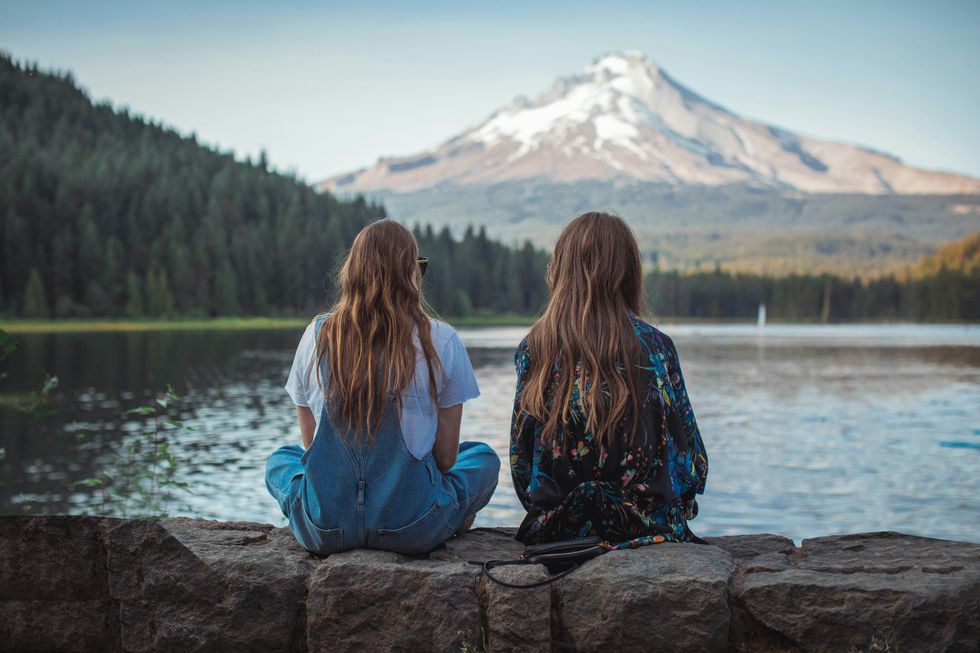 women sitting on rock near body of waterPhoto by
women sitting on rock near body of waterPhoto by 
 Photo by
Photo by 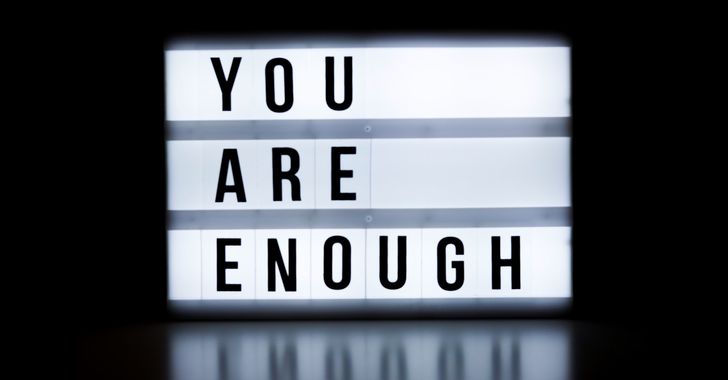 Photo by
Photo by 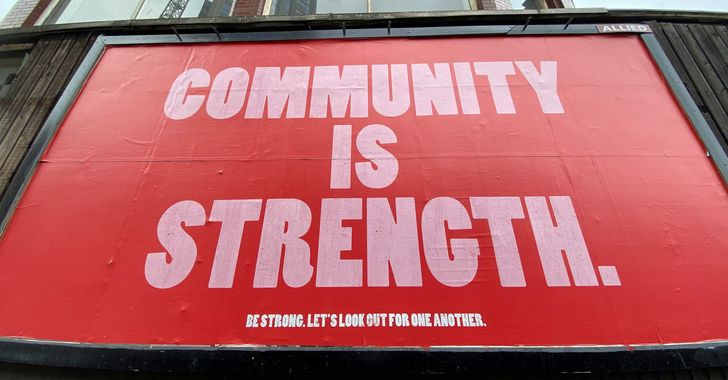 Photo by
Photo by  Photo by
Photo by 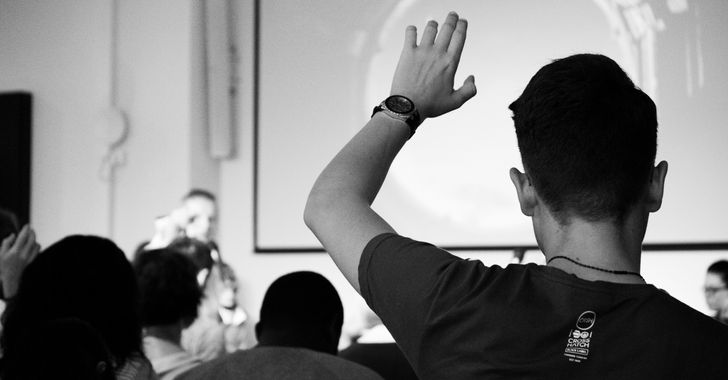 Photo by
Photo by  Photo by
Photo by 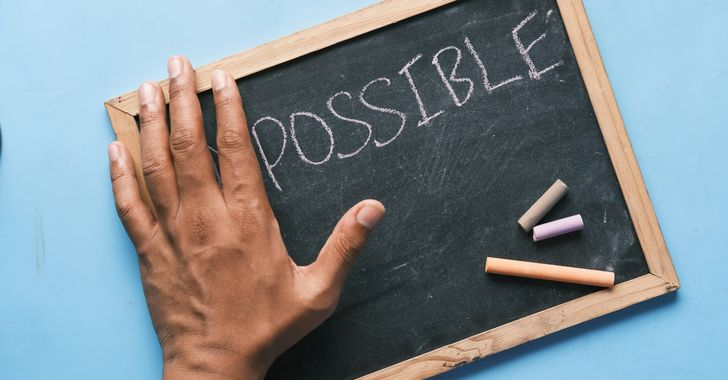 Photo by
Photo by 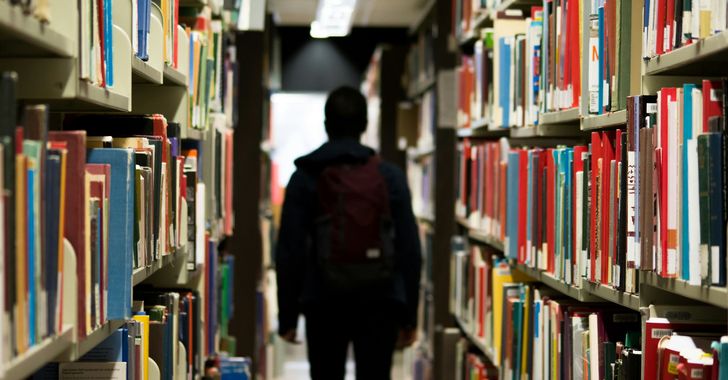 Photo by
Photo by  Photo by
Photo by 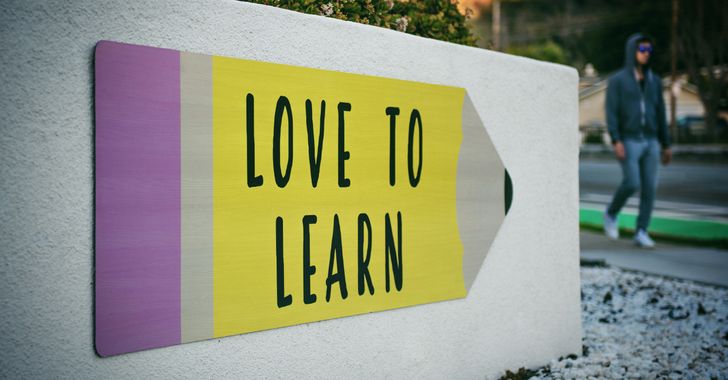 Photo by
Photo by 








